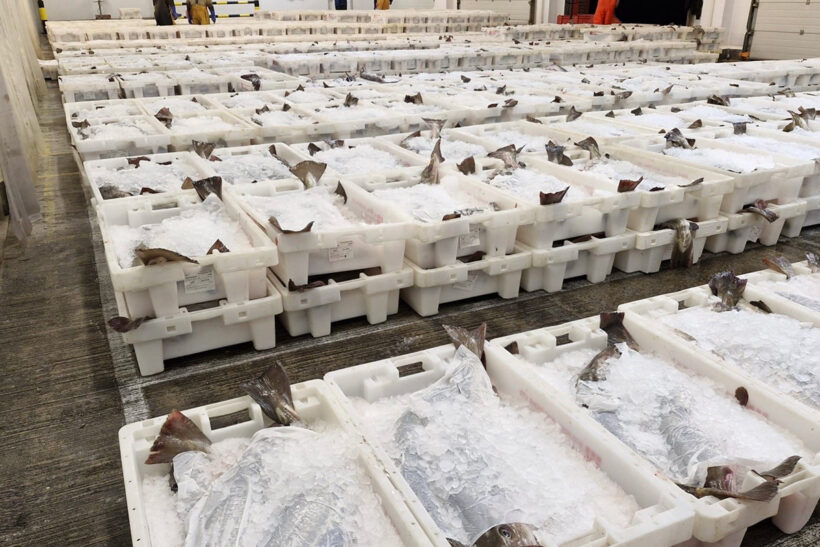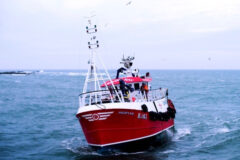Two new papers published by the Shetland Fishermen’s Association last week demonstrate that in spite of much doom and gloom, and in the face of rapid environmental change, the overall picture for North Sea ecosystems is nowhere near the ‘last chance saloon’ painted by many NGOs.
The new Shetland analysis finds that while there have been large fluctuations from year to year, the volume of fish in the North Sea has generally increased over the last 50 years – and in particular over the last 20 years.
The trends in the abundance of Scottish seabirds follow a similar pattern: although seabird populations have fallen in recent years, there are only slightly fewer seabirds overall in Scotland than there were 50 years ago.
The reports suggest that whilst the Scottish government has regularly highlighted falling seabird populations as evidence of a biodiversity ‘crisis’ in Scotland’s seas, seabird populations have returned to broadly ‘normal’ levels in a historical context, following population booms of recent decades.
Shetland Fishermen’s Association (SFA) executive officer Daniel Lawson said: ” These figures are a reminder that fishing crews know our seas better than anyone, and see the evidence every day of healthy and productive waters. Despite the misleading claims of some anti- fishing campaigners, North Sea fish stocks are far from in decline: we have seen a steady increase over te past 50 years, and particularly in the last 20 years.
“Fishing crews question the government’s assertion that falling seabird numbers indicate a marine biodiversity ‘crisis’. This analysis – looking back over a longer time period – perhaps helps explain that divergence in views.
“Seabird populations have returned to more historically normal levels, and – interestingly – the decline of recent years matches a reduction in fishing activity. It’s clear that the relationship between seabird population sizes and fishing activity, as a source of food for seabirds, warrants further investigation.
The Shetland analysis looked at figures from the annual International North Sea Bottom Trawl Survey, which has provided estimates of relative abundance of species, from sandeels through to cod, since 1970.
For birds, where the Scottish government regularly quotes a ‘38% reduction in seabird numbers since 1986’, the Shetland analysis can find no published scientific source to back this up. Analysis of published data, going back as far as a 1969 seabird census in Scotland, however, suggests that declines in some species have been offset by concurrent increases in populations of other seabird species, with much smaller changes in the numbers of birds than the Scottish government claims.
The two documents are available from the SFA website.
This story was taken from the latest issue of Fishing News. For more up-to-date and in-depth reports on the UK and Irish commercial fishing sector, subscribe to Fishing News here or buy the latest single issue for just £3.50 here.
Sign up to Fishing News’ FREE e-newsletter here.
Main image credit: Jim Cowie






